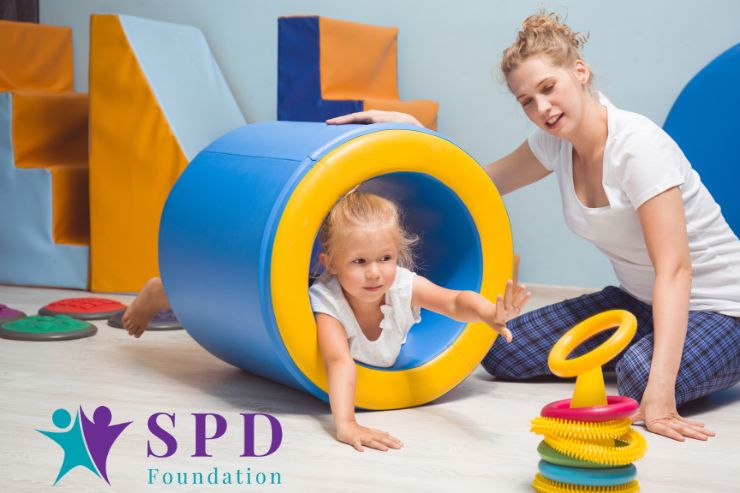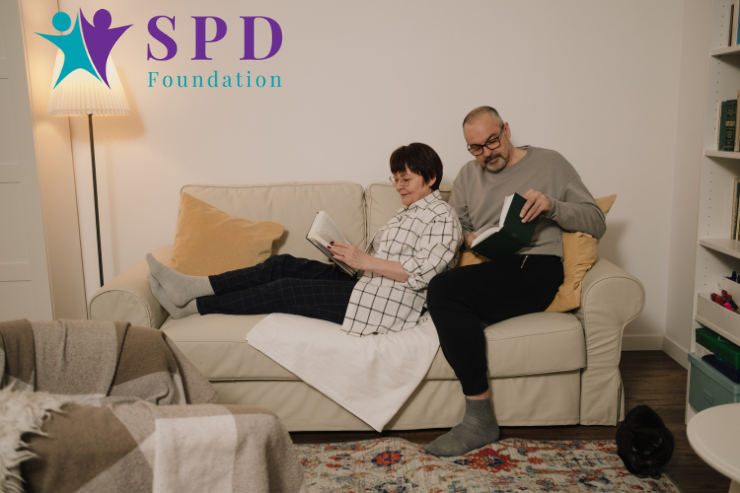The University of Southern California (USC), in partnership with Western Psychological Services (WPS), provides comprehensive guidelines for therapists practicing sensory integration.
These guidelines aim to set high standards in therapy practices. Below is a detailed breakdown:
Purpose of These Guidelines
- Help Clients: The guidelines help clients and their families make informed decisions about the services they receive, ensuring clarity about what sensory integration therapy involves and what qualifications the professionals have.
- Promote Understanding: They serve to educate both professionals and the public about the proper application of sensory integration theory, minimizing misunderstandings and misuse.
- Encourage Best Practices: These guidelines set a benchmark for therapy practices, guiding professionals towards methods that are consistent with the highest standards in occupational therapy.
Who Can Get Certified

- Eligible Professionals: The certification program is open to occupational therapists, physical therapists, and speech-language pathologists. This is because these professions have the foundational knowledge and skills required to understand and apply sensory integration theory effectively.
- Ineligible Individuals: Occupational therapy assistants and physical therapy assistants cannot obtain certification independently. Although they may apply some principles of sensory integration, they must always work under the direct supervision of a certified professional in their respective fields.
How to Develop Skills
- Education and Training: Proficiency in sensory integration is primarily developed through postgraduate education, hands-on training, and mentoring from experienced practitioners.
- Certification Program: USC/WPS offers a comprehensive certification program that provides the knowledge and skills required to master sensory integration, including administering and interpreting specialized tests.
- Advanced Training: USC offers a 4-month clinical training program that provides deeper insights and skills for practitioners looking to specialize further.
- Continuing Education: Continued study and review of the latest research ensure that therapists keep up to date with evolving practices and maintain their competence.
Why Certification Matters

- Ensures Competence: Certification demonstrates that a therapist has completed the required education and training to effectively use sensory integration in practice.
- Maintaining Skills: To maintain competence, therapists must gain experience through practical application, receive mentorship, and stay current with research in the field.
- Advanced Feedback: Regular peer review and feedback help therapists refine their skills, ensuring that they practice sensory integration effectively and ethically.
Key Areas of Knowledge
- Foundational Work: A deep understanding of Dr. A. Jean Ayres’ foundational work in sensory integration is crucial for any therapist in this field.
- Relevant Research: Knowledge of current publications and research keeps therapists informed about the latest developments in sensory integration.
- Developmental Knowledge: Understanding typical and atypical development helps therapists better assess and address the needs of their clients.
- Neuroscience Concepts: Concepts like neuroplasticity, brain function, sensory processing, and perception are essential to understanding how sensory integration works.
Assessing Sensory Integration

- Standardized Testing: Therapists should be proficient in administering and interpreting the Sensory Integration and Praxis Tests (SIPT), a standardized set of assessments that provide critical information for diagnosis and intervention planning.
- Clinical Observations: Observing clients in clinical settings helps assess postural control, sensory modulation, and related behaviors, providing practical insights that complement standardized tests.
- Analyzing Data: Therapists must be skilled in analyzing data from assessments and clinical observations to develop tailored intervention plans that address each client’s unique needs.
Intervention Skills
- Sensory Integration Application: Therapists need to understand how to effectively apply sensory integration methods within therapy sessions, including the planning, environment setup, and session rhythm.
- Therapy Environment: Creating the right environment with appropriate equipment is crucial for effective sensory integration therapy.
- Family Engagement: Engaging families through education and consultation is essential, ensuring that therapy extends beyond the clinic and into the client’s daily life.







